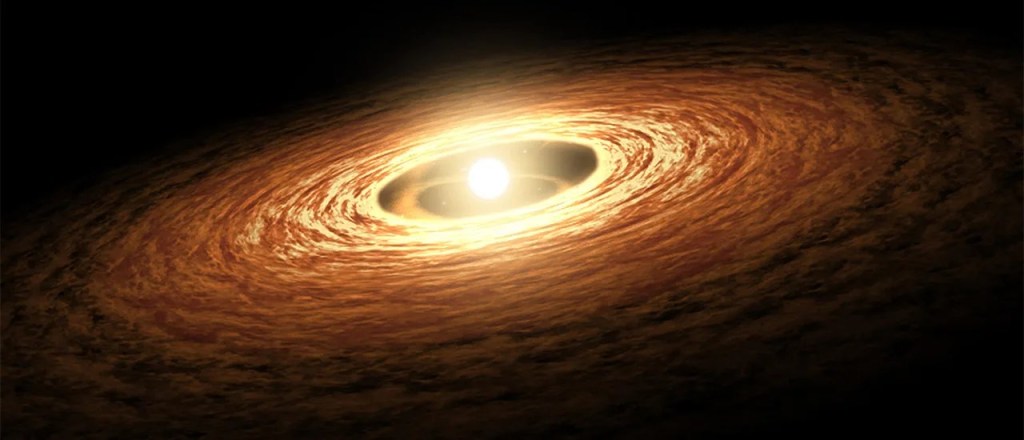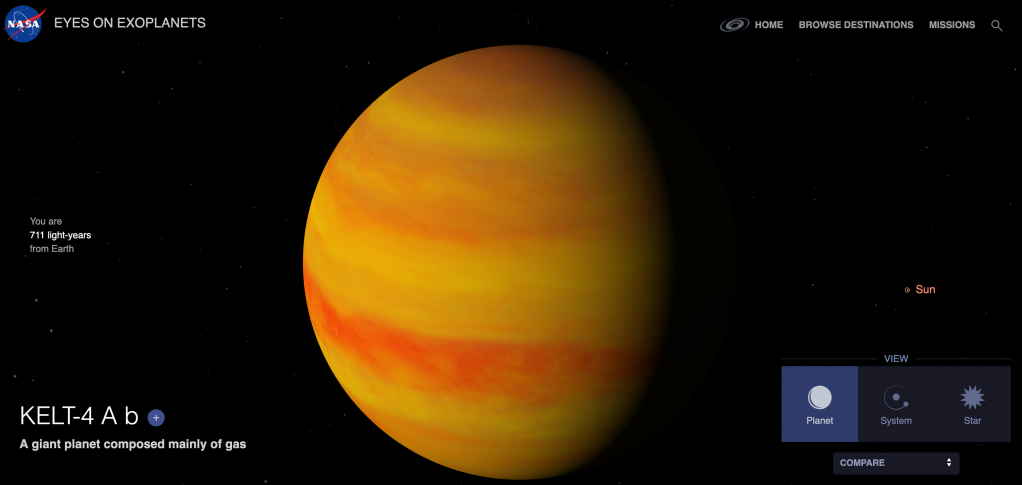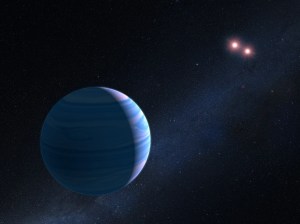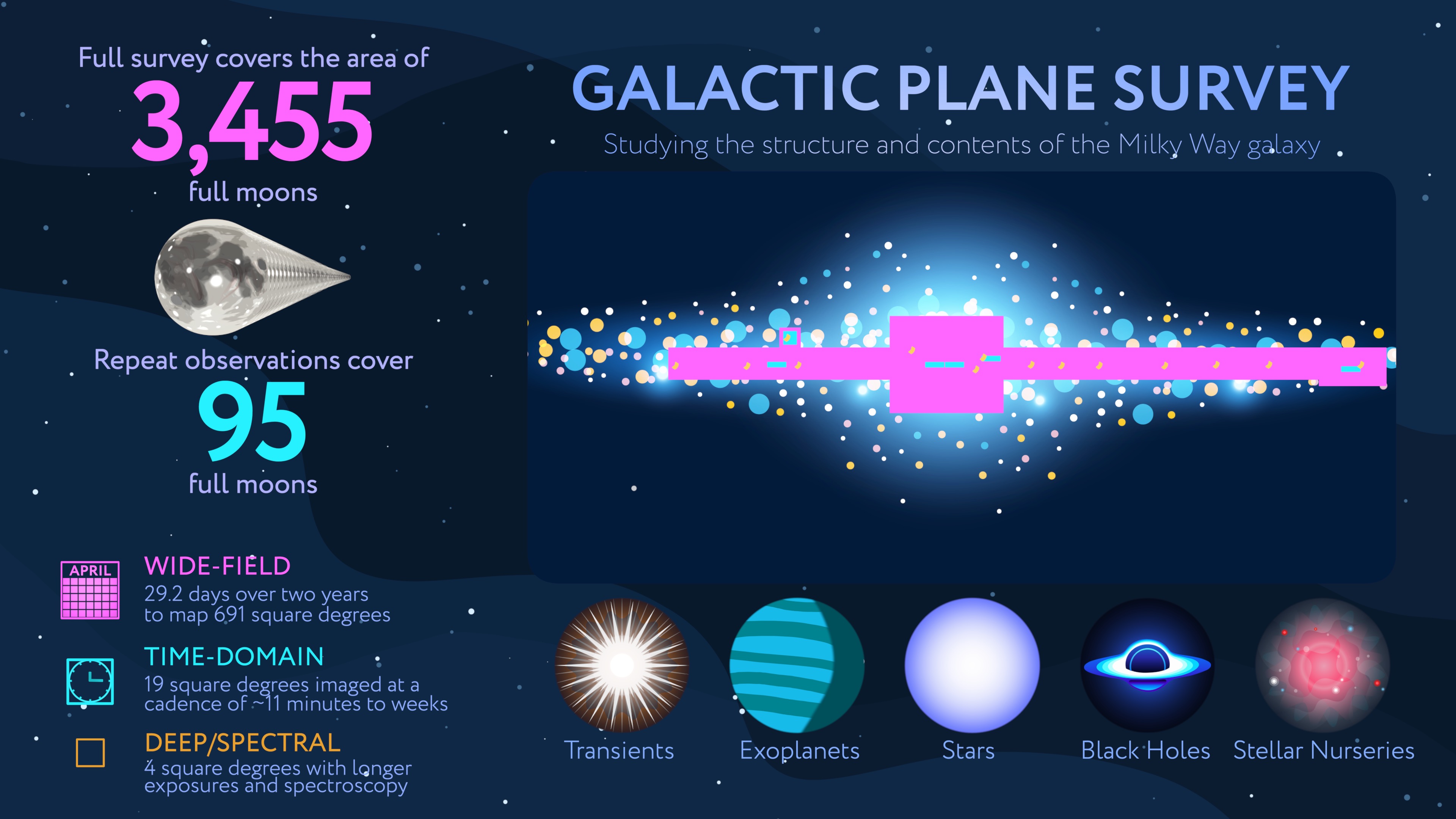6K, and counting...
Overview
Most of the exoplanets discovered so far are in a relatively small region of our galaxy, the Milky Way. (“Small” meaning within thousands of light-years of our solar system; one light-year equals 5.88 trillion miles, or 9.46 trillion kilometers.) Even the closest known exoplanet to Earth, Proxima Centauri b, is still about 4 light-years away. We know there are more planets than stars in the galaxy.
By measuring exoplanets’ sizes (diameters) and masses (weights), we can see compositions ranging from rocky (like Earth and Venus) to gas-rich (like Jupiter and Saturn). Some planets may be dominated by water or ice, while others are dominated by iron or carbon. We’ve identified lava worlds covered in molten seas, puffy planets the density of Styrofoam and dense cores of planets still orbiting their stars.
NASA Completes Construction of Nancy Grace Roman Space Telescope
NASA’s next big eye on the cosmos is now fully assembled. On Nov. 25, technicians joined the inner and outer portions of the Nancy Grace Roman Space Telescope in the largest clean room at the agency’s Goddard Space Flight Center in Greenbelt, Maryland. Roman is scheduled to launch in late 2026 or early 2027.
Read ‘NASA Completes Nancy Grace Roman Space Telescope Construction’ about NASA Completes Construction of Nancy Grace Roman Space Telescope
NASA Confirms 6,000 Exoplanets
The official number of exoplanets — planets outside our solar system — confirmed by NASA has reached 6,000. The first exoplanet around a Sun-like star was discovered 30 years ago. Since then, the number has rapidly increased as technologies improve.
Thousands more candidate planets await confirmation, and each confirmed planet enables scientists to learn more about the conditions under which planets can form, how common planets like Earth might be, and where to look for them.
NASA’s Tally of Planets Outside Our Solar System Reaches 6,000
The milestone highlights the accelerating rate of discoveries, just over three decades since the first exoplanets were found. The official…
Read the Story
‘Other Stars, Other Worlds’
Is our home — our solar system — unique among all the systems of stars and their companion planets in the Milky Way galaxy? When compared to other planetary systems, are we that different? How much are we alike? This five-part series of animations and stories looks at some of our intriguing galactic neighbors.
Watch and Read ‘Other Stars, Other Worlds’
Exoplanet Types
So far scientists have categorized exoplanets into the following types: Gas giant, Neptunian, super-Earth, and terrestrial, with subcategories — such as mini-Neptunes — within those groups. How are they alike or different? What makes them special?
Learn More about Exoplanet Types
The Hunt for Habitable Worlds
The Target Star Catalog is a guide to intriguing nearby stars that astronomers want to study with future missions, such as the Habitable Worlds Observatory, which will be built specifically to find and observe Earth-like exoplanets, to search for signs of life.
Browse the Target Star Catalog
Exoplanet Catalog
Learn more about every confirmed exoplanet — more than 6,000 and counting — in this continuously updated resource. View interactive 3D models, read descriptions and vital statistics, and filter by exoplanet type, or by the method used to discover it, or by the spacecraft, observatory, or other facility that found it.
Browse the Exoplanet Catalog
Exoplanets
No Atmosphere Seen on TRAPPIST-1 d; Research Continues on Its Earth-Sized Siblings
With seven-Earth sized worlds in the habitable zone, the TRAPPIST-1 exoplanet system has compelled attention since its 2017 discovery. Now, preliminary data from the James Webb Space Telescope shows the “third rock” in this distant solar system, TRAPPIST-1 d, apparently has no atmosphere, but scientists are continuing their studies, and the search for potential atmospheres and water on the system’s outer planets.
Read the article: ‘Webb Narrows Atmospheric Possibilities for Earth-sized Exoplanet TRAPPIST-1 d’
NASA’s Webb Finds New Evidence for Planet Around Closest Solar Twin
Astronomers using NASA’s James Webb Space Telescope have found strong evidence of a giant planet orbiting a star in the…
Read the Story
























































